Biomass Energy and its Environmental Impact
In the quest for sustainable and renewable energy sources, biomass energy has emerged as a significant player. This blog post delves into the various aspects of biomass energy, focusing on anaerobic digestion and its environmental impact. By understanding the process and benefits of anaerobic digestion, we can better appreciate its role in the renewable energy landscape and its potential to mitigate environmental issues.
What is Biomass Energy?
Biomass energy is derived from organic materials, such as plants, agricultural residues, and waste products. These materials can be converted into various forms of energy, including heat, electricity, and fuels, through different processes. One of the most efficient and sustainable methods of converting biomass into energy is anaerobic digestion.
The Environmental Impact of Anaerobic Digestion
Anaerobic digestion offers numerous environmental benefits, making it a crucial technology in the fight against climate change and environmental degradation.
Reduction of Greenhouse Gas Emissions
Anaerobic digestion significantly reduces greenhouse gas emissions by capturing methane, a potent greenhouse gas, from organic waste. Instead of being released into the atmosphere from landfills, methane is converted into biogas, which can be used as a renewable energy source. This not only prevents methane emissions but also offsets the use of fossil fuels, further reducing carbon dioxide emissions.
Waste Management and Resource Recovery
Anaerobic digestion plays a vital role in waste management by converting organic waste into valuable resources. It reduces the volume of waste sent to landfills, mitigating the associated environmental problems such as leachate production and methane emissions. The process also produces a nutrient-rich digestate that can be used as a fertiliser, enhancing soil health and reducing the need for chemical fertilisers.
Anaerobic Digestion of Food Waste
Food waste anaerobic digestion is particularly beneficial for managing the significant amounts of food waste generated globally. By diverting food waste from landfills to anaerobic digestion plants, we can produce biogas and compost, promoting a circular economy and reducing the environmental impact of food waste.
Advancements in Anaerobic Digestion Technology
Recent advancements in anaerobic digestion technology have significantly enhanced the efficiency, scalability, and economic viability of anaerobic digestion plants.
Pre-treatment Technologies
Pre-treatment technologies like thermal hydrolysis, mechanical disintegration, and enzymatic treatments improve the digestibility of feedstocks. These methods break down complex organic materials into simpler compounds, increasing biogas yield and enhancing the overall efficiency of the anaerobic digestion process.
Biogas Upgrading Systems
Biogas produced through anaerobic digestion typically contains 50-70% methane. To produce biomethane with a higher methane content, biogas upgrading systems are employed. Technologies such as pressure swing adsorption (PSA), water scrubbing, and membrane separation purify biogas by removing impurities like carbon dioxide, hydrogen sulfide, and moisture. The resulting biomethane can be used as vehicle fuel, injected into the natural gas grid, or utilised for electricity and heat generation.
Process Monitoring and Control Systems
Advanced sensors and automation technologies facilitate real-time monitoring and control of the anaerobic digestion process. These systems maintain optimal conditions for microbial activity, enhancing process stability, biogas production, and overall plant performance. Automation also reduces operational costs and improves the economic viability of anaerobic digestion plants.
Anaerobic Digestion vs Gasification
While anaerobic digestion and gasification are both technologies used to convert organic materials into energy, they differ significantly in their processes, feedstocks, and outputs.
Anaerobic Digestion
Process: Biological decomposition of organic materials in the absence of oxygen, producing biogas (methane and carbon dioxide) and digestate.
Feedstocks: Suitable for wet, biodegradable materials such as food waste, livestock manure, and sewage sludge.
Outputs: Produces biogas, which can be upgraded to biomethane, and nutrient-rich digestate.
Gasification
Process: Thermal decomposition of organic materials at high temperatures in the presence of a controlled amount of oxygen or steam, producing syngas (a mixture of carbon monoxide, hydrogen, and carbon dioxide).
Feedstocks: Suitable for dry, carbon-rich materials such as wood chips, agricultural residues, and municipal solid waste.
Outputs: Produces syngas, which can be used for electricity generation, chemical production, or as a fuel.
Comparison and Suitability
Energy Efficiency: Anaerobic digestion is generally more efficient for wet, biodegradable feedstocks, while gasification is better suited for dry, carbon-rich materials.
Environmental Impact: Both processes offer environmental benefits, but anaerobic digestion is particularly effective at reducing methane emissions from organic waste.
Scalability and Application: Anaerobic digestion is widely used for small to medium-scale applications, such as on farms and wastewater treatment plants. Gasification is often employed in larger-scale industrial applications.
Conclusion
Biomass energy, particularly through the process of anaerobic digestion, offers a sustainable and efficient solution for renewable energy production and waste management. By understanding the anaerobic digestion process, the types of digesters, and the environmental benefits of this technology, we can appreciate its value in the renewable energy landscape.
